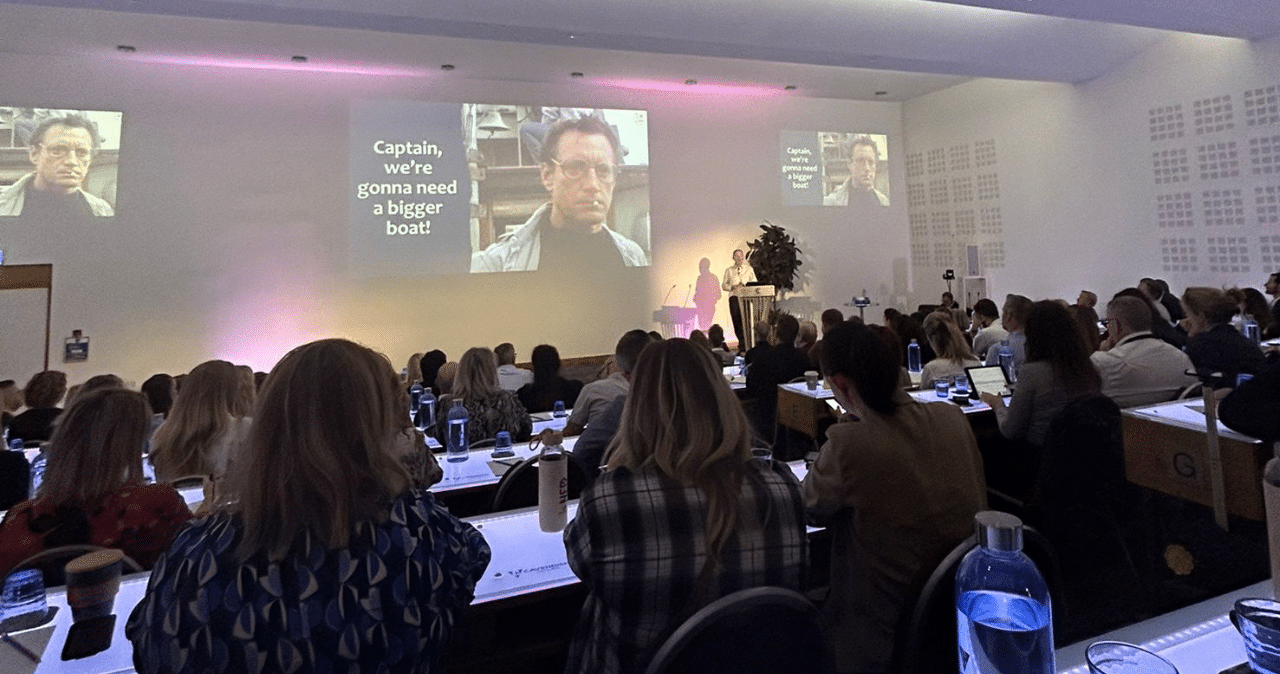For the past three years, organisations have been asking themselves the same crucial question: how do we entice our employees back to the office? Maybe not for five days a week because nobody really wants that — least of all, senior leadership teams. But enough so that teams don’t start to feel too atomised. It was also the central question at this autumn’s Workplace Trends conference. Held in London’s Cavendish Conference Centre, the theme was “the office as a desired destination”.
Recent data from real estate consultancy firm Remit Consulting revealed that office occupancy levels in London stood at 33 per cent in early September. This number suggests that two in three employees are choosing to stay at home.
This is having a knock-on effect on vacancies according to research by global real estate firms. Data from JLL, published this summer, showed that the vacancy rate in the UK capital was at 9.4 per cent. This is almost double the 5.5 per cent long-term average. Meanwhile, the trend is even more pronounced in New York, with Cushman & Wakefield data revealing a 22.4 per cent vacancy rate in Manhattan.
No one has a crystal ball
Opening Workplace Trends, Chris Kane, founder of EverythingOmni and former head of corporate real estate at the BBC, framed the issue succinctly: “Nobody has a clear picture of the future. The return-to-office-vs-work-from-home debate is a red herring. It’s too binary for a digital world.”
Kane urged delegates to think about the workplace as “fixed, flexible and fluid”. With that in mind, Kane challenged the Workplace Trends community to build the courage to experiment and look beyond their siloes.
Jennifer Bryan, founder of ABChange Consultancy, echoed Kane’s claim that we live in an unpredictable world. “Uncertainty tends to paralyse us,” she said. “But a little bit of uncertainty can be a good thing.”
Change management (and the research that goes with it) is not about having a crystal ball, but the need to practise, Bryan added. If making the office a destination is a matter of change management, organisations must treat it as a journey. On it, they can learn about how people respond to that change.
What do employees really want?
So, what do employees want? According to workplace strategist and environmental psychologist Dr Nigel Oseland, the answer is for organisations to do a lot more to entice their people back to the office.
Oseland has conducted research in partnership with Professor Gary Raw, MillerKnoll and Workplace Trends to understand the appeal and relative attractiveness of working in the office and working from home. The findings were based on 490 people who split their time between an office and the home. The data revealed the home is better for focused or confidential work. No surprises there then. But it serves as a reminder that the office must provide more suitable environments for these activities, too, Dr Oseland said.
More surprisingly, the research found that the office is performing poorly when it comes to so-called “hygiene factors”. These include noise pollution and visual privacy. If organisations stand any chance of enticing employees back, they had better do better in these areas.
Drilling down into the data, Oseland explained that where there is assigned seating, employees are more likely to want to return to the office. “Allocated desks are a good motivation to get people back into the office, but it’s not for everyone. It’s for a certain group of people. Some may be happy to sit at different desks with other colleagues at different times of the day.” For the organisations switching to hotdesking to downsize their office space, this finding should at least encourage them to think a bit more deeply about the impact such a move will have on their employees.
Remain sceptical
In the mood to kill some sacred cows, Dr Oseland urged the audience to be sceptical of workplace experts who stress deep generational differences in employee needs. In all his career, he said, no research he had conducted provided any indication that people of different age groups want uniquely different things.
The overarching message from Workplace Trends wasn’t revolutionary but still worth remembering. Any efforts to entice people back to the office or make the office itself a destination will need to centre the group it most concerns: employees. Any other strategy is doomed to fail.
If you want to change your business’s employee communication strategy to make your office a destination, get in touch.









